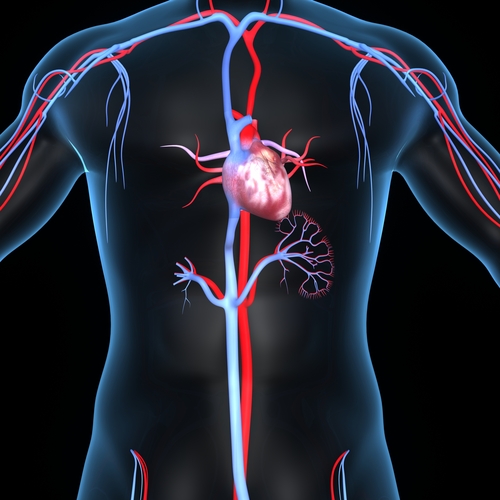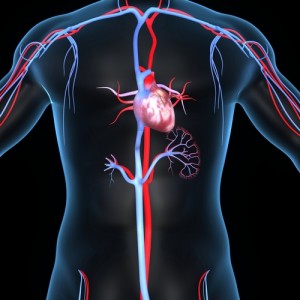Chronic Thromboembolic Pulmonary Hypertension Disease Progression Mechanisms Uncovered

 New research is shedding light on the progression of CTEPH. A novel study on chronic thromboembolic pulmonary hypertension (CTEPH), entitled “Comprehensive analysis of inflammatory markers in chronic thromboembolic pulmonary hypertension patients” published in the European Respiratory Journal by Dr. Diana Zabini, part of Dr. Andrea Olschewski ’s research group from Ludwig Boltzmann Institute for Lung Vascular Research and Division of Pulmonology, Medical University of Graz, Graz, Austria, shows that IP-10 secretion is associated with poor pulmonary haemodynamics and physical capacity in CTEPH, patients and may be involved in the pathogenesis of pulmonary endarterectomy (PEA) tissue formation.
New research is shedding light on the progression of CTEPH. A novel study on chronic thromboembolic pulmonary hypertension (CTEPH), entitled “Comprehensive analysis of inflammatory markers in chronic thromboembolic pulmonary hypertension patients” published in the European Respiratory Journal by Dr. Diana Zabini, part of Dr. Andrea Olschewski ’s research group from Ludwig Boltzmann Institute for Lung Vascular Research and Division of Pulmonology, Medical University of Graz, Graz, Austria, shows that IP-10 secretion is associated with poor pulmonary haemodynamics and physical capacity in CTEPH, patients and may be involved in the pathogenesis of pulmonary endarterectomy (PEA) tissue formation.
[adrotate group=”4″]
Chronic thromboembolic pulmonary hypertension (CTEPH) is a disease associated with high morbidity and mortality, and is caused by thromboembolic obstruction of the major pulmonary arteries due to unresolved pulmonary embolism, leading to pulmonary hypertension and, ultimately, to right heart failure. The pathological processes leading to the persistence and progression of the obstructing fibrothrombotic material in CTEPH is not fully understood. Although, it seems that inflammation and also infection may play an important role in the progression of the disease.
Dr. Zabini and colleagues had previously shown that the chemokine CXCL10, also known as interferon-γ-induced protein-10 (IP-10) causes endothelial dysfunction in primary endothelial cells from human pulmonary arteries. Therefore, they hypothesized that cytokines such as IP-10, are involved in the inflammatory and cell migration processes that lead to the obstructive remodeling of pulmonary arteries in CTEPH. For this, the researchers assessed a broad range of inflammatory factors (interleukin (IL)-8, IL-6, MCP-1, monokine induced by interferon-γ (MIG), RANTES, CX3CL1, macrophage inflammatory protein (MIP)1α and CXCL12 as well as IP-10 in pulmonary endarterectomy (PEA) tissue, PEA supernatant, in the serum of newly diagnosed CTEPH and in idiopathic pulmonary arterial hypertension (IPAH) patients. Notably, this study is unique since the profile of a wide range of inflammatory cytokines and chemokines was performed in all type of patient’s samples, including PEA surgical material, its supernatant and in samples from an independent cohort of patients with CTEPH, and compared with samples from IPAH patients and control subjects.
[adrotate group=”3″]
The main conclusion of this study was that IP-10 is elevated at the mRNA and protein expression level on the PEA tissue and in the serum of CTEPH patients. This increased expression is relevant and consistent with the fact that IP-10 levels in circulation are correlated with poor haemodynamic and physical parameters. Moreover, since IP-10 is a chemokine, and it may facilitate fibroblast migration, which might contribute to the progression of the disease.
Finally, the authors highlight that the major strength of their study is the comprehensive correlation analysis of cytokines in circulation with haemodynamics, gas exchange, and physical parameters of CTEPH patients. As a result, further studies are needed to define the temporal changes of IP-10 during disease progression and that treatment for CTEPH is a priority.







